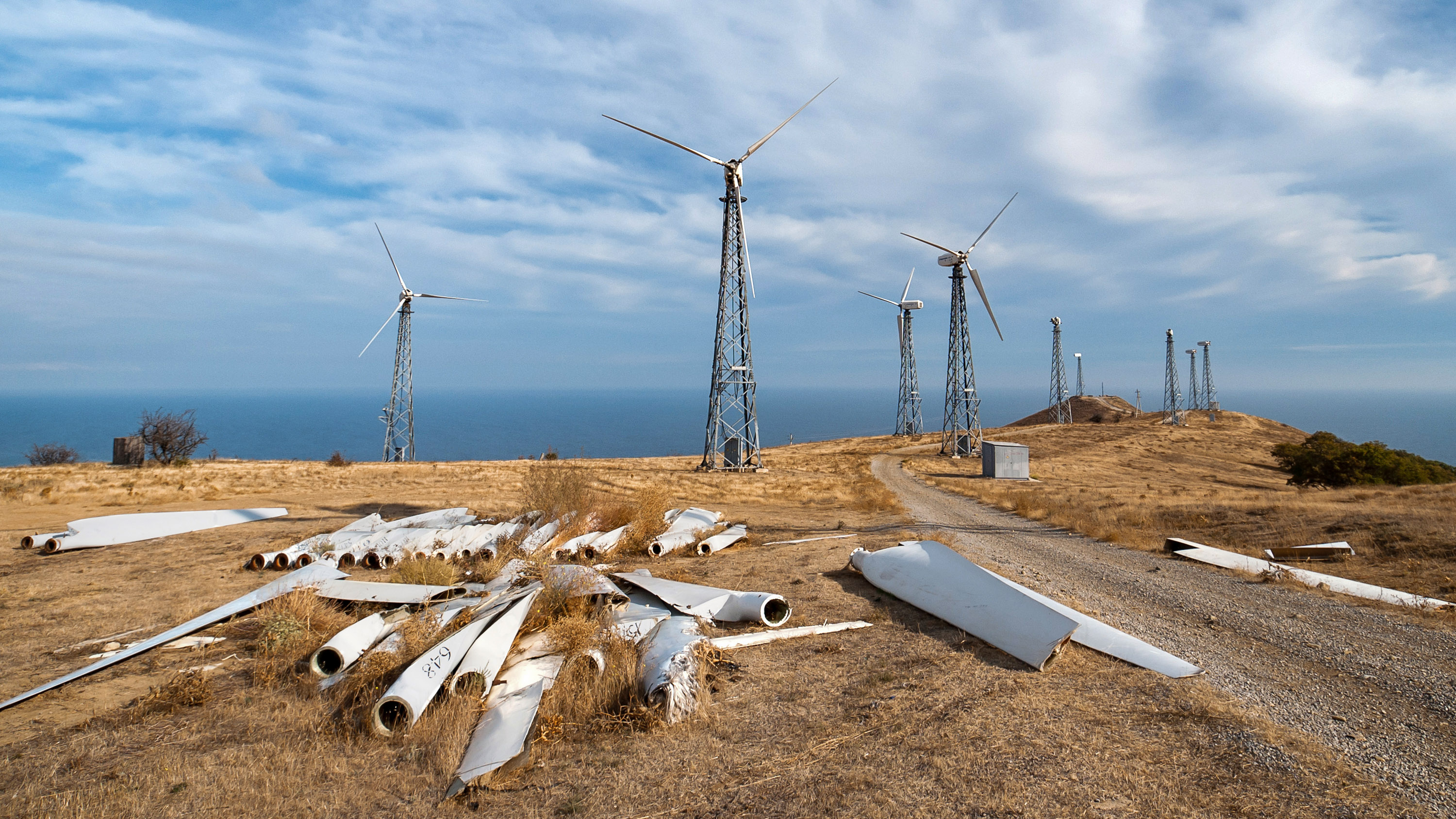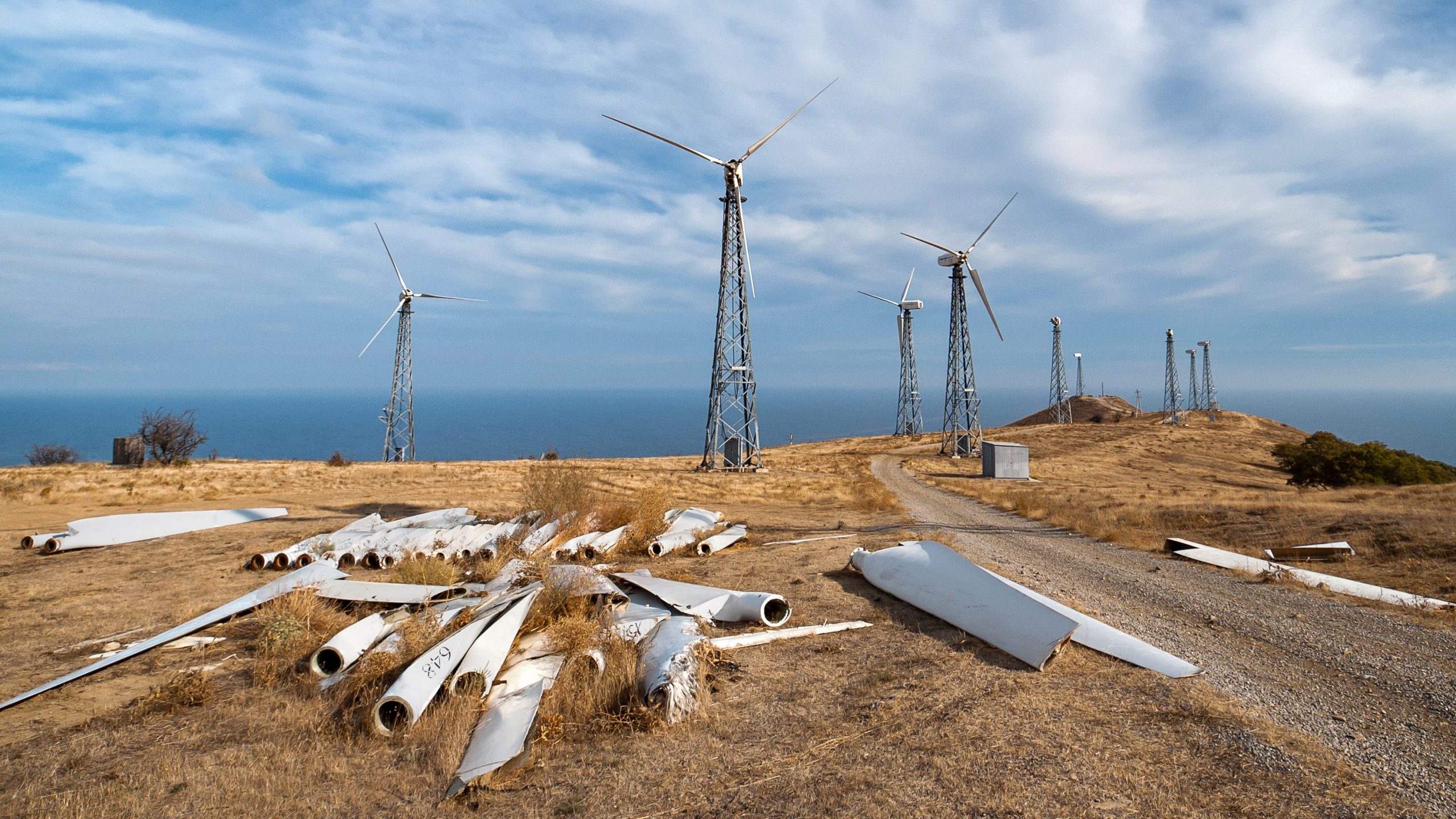
The inside scoop on solar geoengineering
While the tide of geoengineering has been rising for a while, with more papers being published and more researchers getting engaged, “I think that we’ve just kind of reached this societal tipping point on the topic of climate change,” James told me.
Basically, people are starting to see the effects of climate change and to understand that it’s a big deal—that we need to make big moves, and quickly. James pointed to the 2018 UN climate report emphasizing the importance of limiting global warming to 1.5 °C over preindustrial levels, ands the school strikes that same year, as big turning points. I’d personally also add the floods in Pakistan in 2022, an especially tragic disaster that put climate damages front and center.
Where is all this going?
Small-scale efforts to tweak the climate have now happened. “We’ve moved into this at least slightly different world,” James told me. But, he adds, it’s not clear exactly what this will mean for the future of the field.
Some folks think these small-scale actions could open the dam on geoengineering, with DIY efforts multiplying and more people trying to monetize them. Or they could end up slowing things down. Earlier this year, Mexico (where Iseman launched his balloons) announced it planned to restrict geoengineering and would encourage other countries to do the same.
In a new essay published last week, James took a step back to reflect on the state of geoengineering and consider the flawed logic of rushing out extreme climate interventions.
“I think we have time to properly have a democratic debate over what solutions we want to use and what sets of trade-offs we’re okay with,” he told me. “I’m not saying we should engineer the planet, but I am saying that climate change is really bad and going to be much worse, and we really do have to be careful about taking options off the table.”

